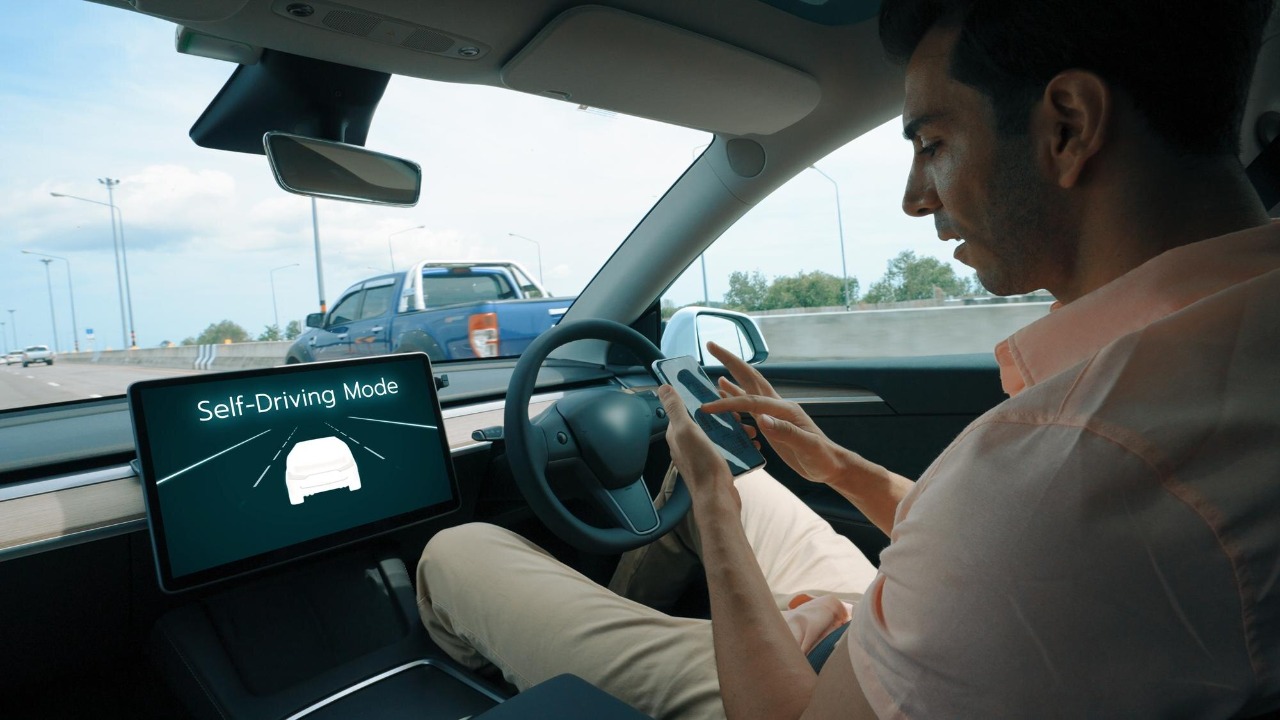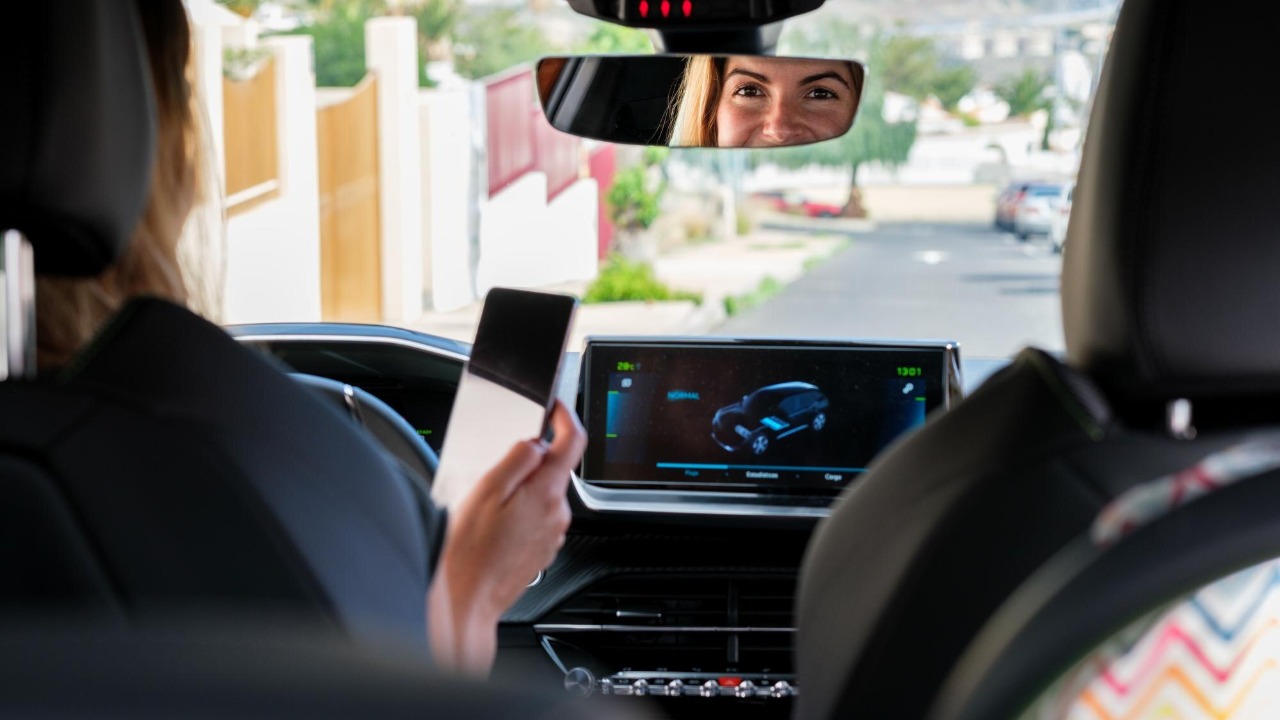
Recent studies have unsettlingly associated driver-assist technologies with a surge in vehicular accidents. These findings cast a harsh light on the effectiveness of these systems and their potential disadvantages.
The Paradox of Driver-Assist Technologies

Driver-assist technologies, designed to enhance safety and ease of driving, have become a standard feature in most new vehicles. They encompass a range of systems, from adaptive cruise control and lane keeping assist to automatic braking and blind spot detection. However, recent studies have found a disconcerting correlation between these technologies and a rise in accidents.
This paradox highlights an important issue. The very systems designed to increase safety and reduce human error may actually be contributing to a higher number of vehicular accidents. The question then arises: are these technologies truly achieving their intended purpose, or are they causing more harm than good?
Analysis of Recent Studies

A comprehensive analysis of recent studies has found a significant correlation between the use of driver-assist technologies and vehicular accidents. These studies consider a variety of factors, including driver behavior, technology usage, and accident occurrence and severity.
It’s important to note the limitations of these studies. They often rely on self-reported data and may not account for external factors such as weather conditions or driver fatigue. Nevertheless, the consistency of the findings across multiple studies cannot be ignored, warranting further investigation into the role of driver-assist technologies in accidents.
Specific Issues with Driver-Assist Technologies

One argument is that driver-assist technologies may foster overconfidence in drivers. This overreliance could lead to complacency, reducing driver vigilance and increasing the risk of accidents. For instance, a driver using Adaptive Cruise Control might pay less attention to the road, assuming the system will automatically adjust speed based on traffic conditions.
Similarly, technologies such as Lane Keeping Assist could contribute to accidents. While designed to help drivers stay in their lane, it might unintentionally encourage drivers to multitask while behind the wheel. Additionally, the complex interfaces of these technologies can serve as potential distractions, diverting the driver’s attention from the road. A study found that drivers often struggle with the interfaces, resulting in increased distraction and higher accident rates.
Implications for the Automotive Industry

These findings could have significant implications for the future of driver-assist technologies. As safety remains a top priority for consumers and manufacturers alike, these systems’ effectiveness and user-friendliness may come under scrutiny. If driver-assist technologies are indeed contributing to an increase in accidents, the industry might need to reconsider their design and implementation.
Possible industry responses may include changes in design to make these systems more intuitive or increased user education to ensure drivers fully understand their operation. The industry could also invest in further research to determine the exact causes of the increase in accidents and develop solutions accordingly.
Are Older Cars Safer?

Given the issues surrounding driver-assist technologies, one might wonder if older cars without these features are safer. A comparison of accident rates shows a surprising trend: older cars, despite lacking advanced safety features, often have lower accident rates than newer models equipped with driver-assist technologies.
A potential explanation for this is that the simplicity of older cars leaves less room for driver distraction. Without complex interfaces to navigate or advanced systems to rely on, drivers might be more focused on the road. A study found that teen drivers, in particular, had fewer deadly crashes when driving older cars. While this doesn’t necessarily mean older cars are inherently safer, it does suggest that less complex vehicles might reduce driver distraction and overconfidence.